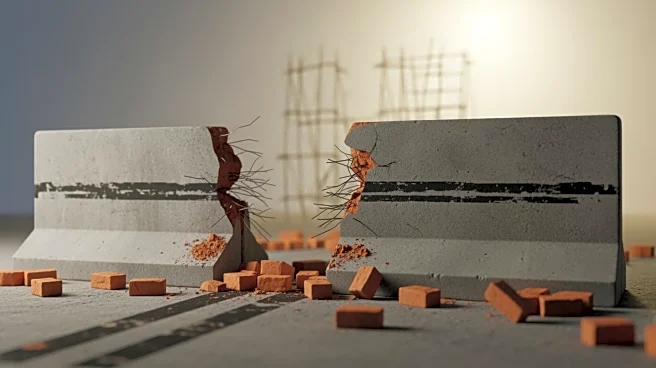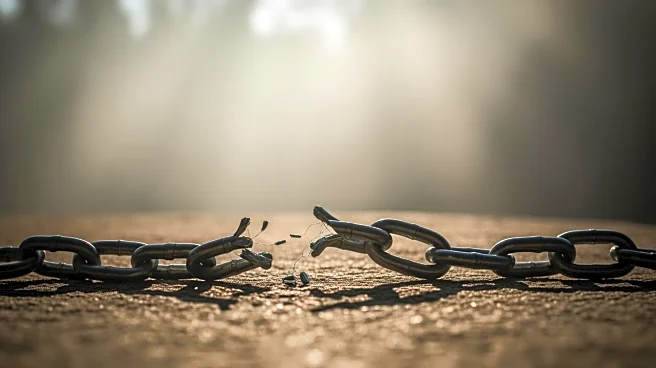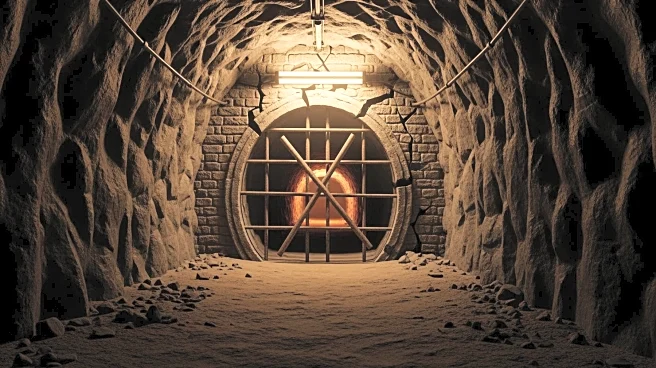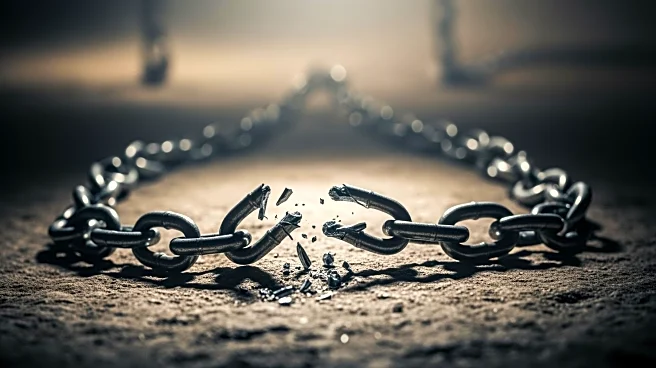What's Happening?
The Israeli Defense Forces (IDF) are expressing concerns about being stuck along ceasefire lines as Hamas rebuilds its capabilities in Gaza. Despite the ceasefire, Hamas continues to plant explosives near
tunnel shafts and routes in areas under Israeli control. The IDF is working to uncover and destroy tunnels and underground terror bases before completing a full withdrawal under the next stage of the agreement, known as Phase B. Military officials have recommended slowing humanitarian aid deliveries due to security concerns, but President Trump has refused to authorize changes despite requests from Prime Minister Netanyahu.
Why It's Important?
The ongoing security challenges in Gaza highlight the fragile nature of the ceasefire and the complexities of achieving lasting peace in the region. The IDF's concerns about Hamas rebuilding its capabilities underscore the potential for renewed conflict. The situation also raises questions about the effectiveness of the current aid distribution network, which has largely stopped functioning. The continued presence of Hamas in Gaza poses a threat to regional stability and complicates efforts to establish a new governance structure.
What's Next?
Phase B of the agreement is expected to include funding for reconstruction projects in Gaza. However, officials warn that a prolonged stalemate could serve political figures in Israel who favor retaining territory in Gaza. Some have suggested reestablishing Israeli settlements in parts of the Strip under military control, which would reverse Israel's 2005 disengagement. The new U.S.-Israeli coordination mechanism for IDF strikes in Gaza is still operating slowly, with rules of engagement allowing limited responses to threats.












